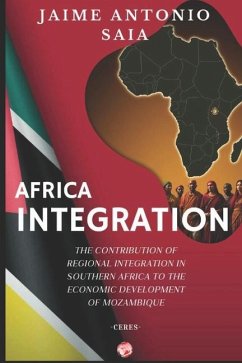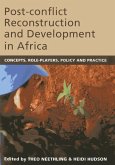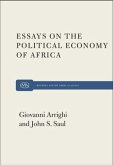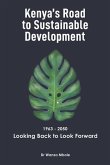The first milestones of regional integration in Southern Africa were recorded with the creation of the Southern African Development Coordination Conference (SADCC) by the Frontline States in the 1980s, which formed a forum to overcome common problems. In this sense, SADC, as an institution promoting regional development, presented the Free Trade Zone (FTZ) as a project aimed at liberalizing intra-regional trade in goods and services, improving the investment climate at the domestic level, ensuring efficient production, and boosting economic development, economic diversification, and the industrialization of the region (SADC, 2012). This idea was embraced by a considerable number of member states of the regional organization, with Mozambique being one of the states to join the process. Mozambique was one of the first states to enact all the necessary instruments for the implementation of the SADC Trade Protocol. Moreover, its geographical position and availability of energy resources give the country a comparative advantage over the other states in the region. Regarding its geographical location, the fact that the country is situated on the coast of the Indian Ocean makes it the main corridor for transporting goods from landlocked states (Massangaie, 2018:50). Additionally, the discovery of large reserves of natural gas, coal, and other minerals such as graphite has opened new horizons for the country, which has been trying to recover from a deep economic crisis that began in 2016 (Dos Santos, 2020:2). These factors provide Mozambique with advantages that enable it to compete and gain greater benefits from participating in the SADC Free Trade Zone for its economic development.
Hinweis: Dieser Artikel kann nur an eine deutsche Lieferadresse ausgeliefert werden.
Hinweis: Dieser Artikel kann nur an eine deutsche Lieferadresse ausgeliefert werden.








